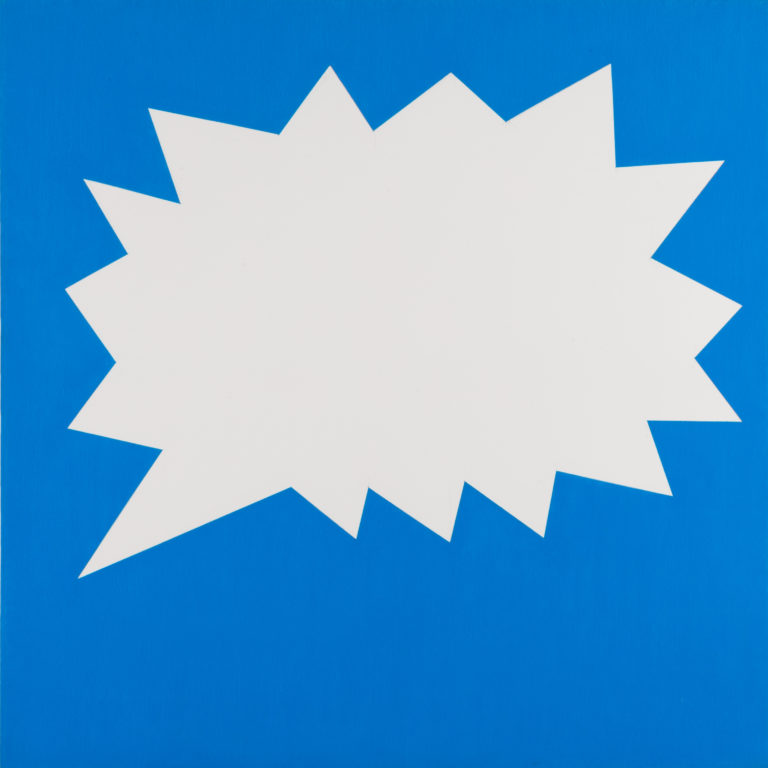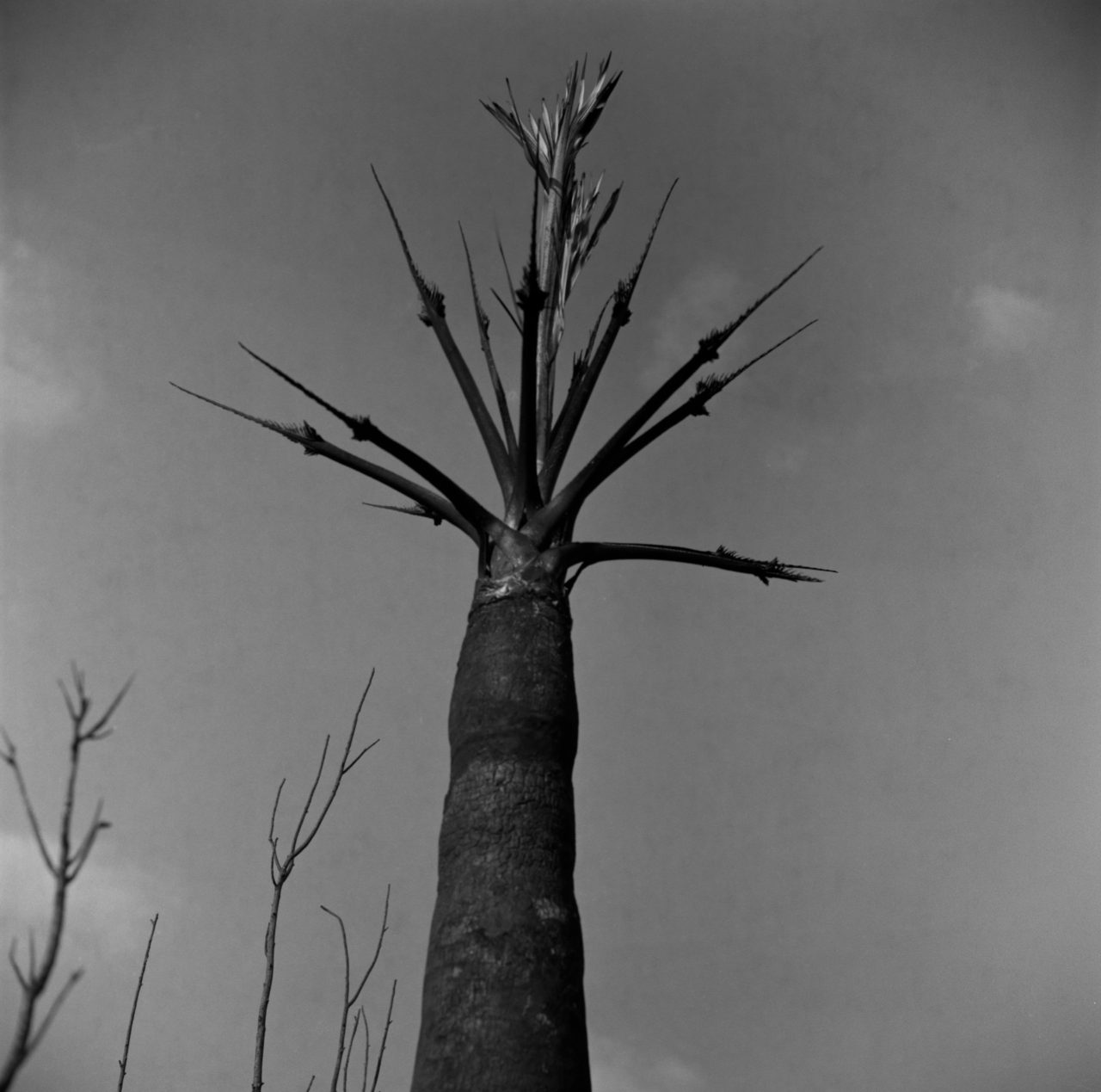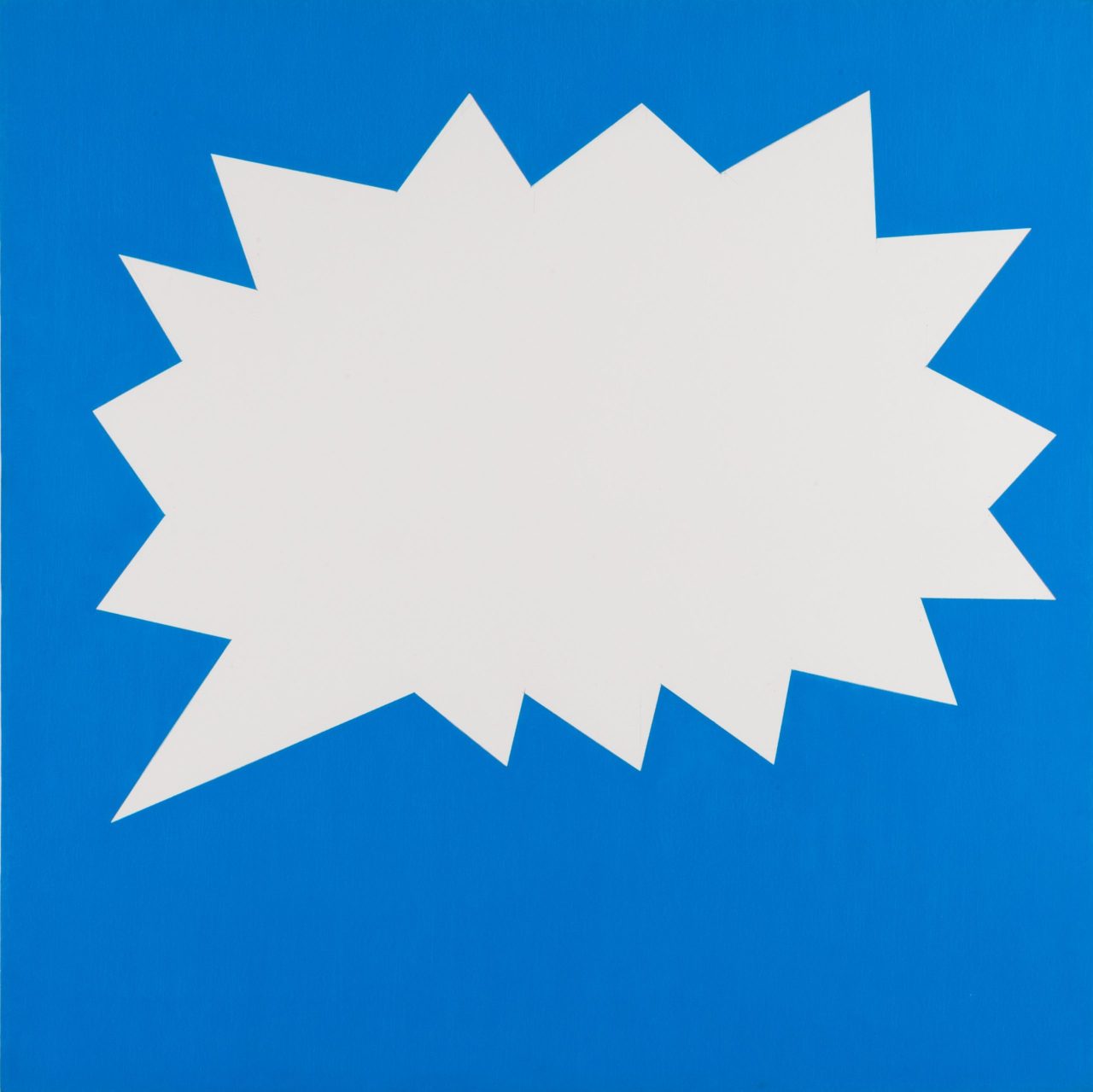15 Jan 2014, 12-1 pm
5 Feb 2014, 12-1 pm
5 Mar 2014, 12-1 pm
Conversations: The Spaces Between
-
Gage Averill
Presenter -
Kim Beauchesne
Presenter -
Alejandra Bronfman
Presenter -
Anne Gorsuch
Presenter -
Manuel Piña
Presenter -
Alessandra Santos
Presenter

Eduardo Ponjuán González, Pensamiento I / Thought I, 2013
oil on canvas
Photo: Michael R. Barrick
Join leading UBC scholars, artists, curators and critics in a series of noon hour conversations. We invite two prominent, disciplinarily distinct voices into the Gallery to discuss productive intersections of their own work and the current exhibition, followed by a discussion that includes the audience.
In this series, guests will address The Spaces Between: Contemporary Art from Havana, an exhibition that focuses on the social spaces and shared sensibilities of artists in this dynamic but complex city. The Spaces Between—that is, the spaces between the artwork and its reception, between language and truth, and between the actual past and imagined future—includes drawings, paintings, prints, photographs and videos.
Everyone is welcome and admission is free.
Wednesday, January 15, noon-1 pm
Cultural Agents
Manuel Piña, Associate Professor, Department of Art History, Visual Art and Theory
Alessandra Santos, Assistant Professor, Department of French, Hispanic and Italian Studies
Wednesday, February 5, noon-1 pm
Sound Studies
Gage Averill, Dean of Arts
Alejandra Bronfman, Associate Professor, Department of History
Wednesday, March 5, noon-1 pm
Utopic Schema
Anne Gorsuch, Professor and Head, Department of History
Kim Beauchesne, Assistant Professor, Department of French, Hispanic and Italian Studies
CONCEIVED AND DEVELOPED BY SHELLY ROSENBLUM
-
Gage Averill
Presenter -
Kim Beauchesne
Presenter -
Alejandra Bronfman
Presenter -
Anne Gorsuch
Presenter -
Manuel Piña
Presenter -
Alessandra Santos
Presenter
Related
-
Exhibition
10 January 2014 – 13 April 2014
The Spaces Between: Contemporary Art from Havana

The Belkin Art Gallery is pleased to present The Spaces Between: Contemporary Art from Havana from January 10 to April 13, 2014. Conceived by Cuban artist and critic, Antonio Eligio (Tonel) and Associate Director/Curator of the Morris and Helen Belkin Art Gallery, Keith Wallace, this exhibition focuses on the social spaces and shared sensibilities of this dynamic city, as opposed to an attempt to survey an entire nation’s artistic output. The Spaces Between explores contemporary Havana from artistic, cultural, sociological, and anthropological perspectives within a new social and economic reality that has made itself evident in Cuba in recent years. While most works seem to convey a disinterest in the political, it does take form in the imagination of the viewer, an artistic strategy that emphasizes how important the spectator has become in the making of meaning in visual art. Hence the title of the exhibition— The Spaces Between —that is, the spaces between the artwork and its reception, between the said and the unsaid, and between the past and the future. This exhibition will provide an update on Utopian Territories: New Art From Cuba that showed at the Belkin and other Vancouver galleries in 1997, and will feature works by Juan Carlos Alom, Javier Castro, Sandra Ceballos Obaya, Celia-Yunior, Ricardo G. Elías, Luis Gárciga Romay, Luis Gómez Armenteros, Jesús Hdez-Güero, Ernesto Leal, Glenda León, Eduardo Ponjuán González, Grethell Rasúa, Lázaro Saavedra González and Jorge Wellesley.
[more] -
Event
14 Mar 2014, 2-3 pm
Concert at the Belkin: The Spaces Between

Once again, we are pleased to welcome the UBC Contemporary Players to the Belkin Art Gallery for a concert inspired by The Spaces Between exhibition.
[more]